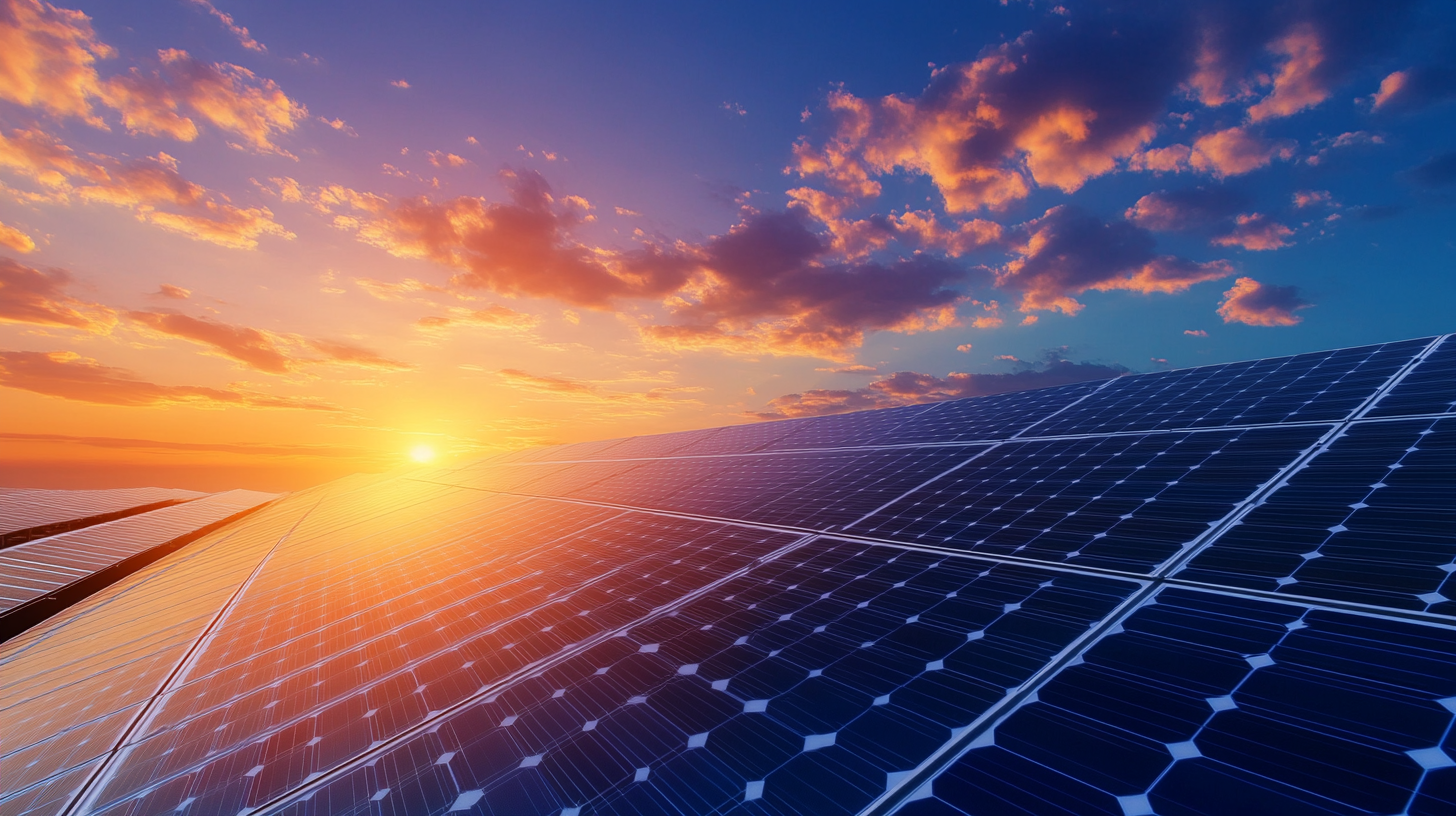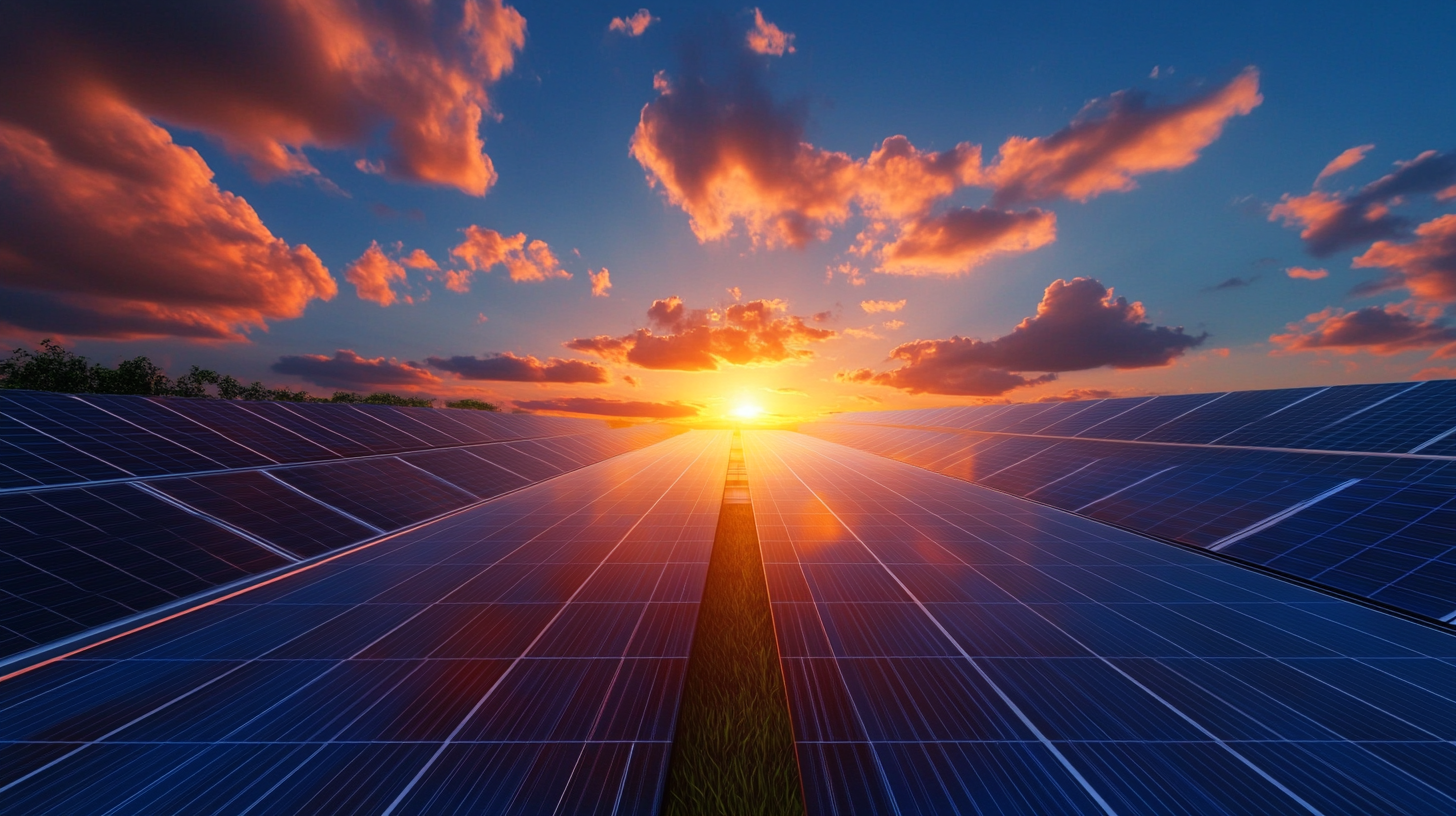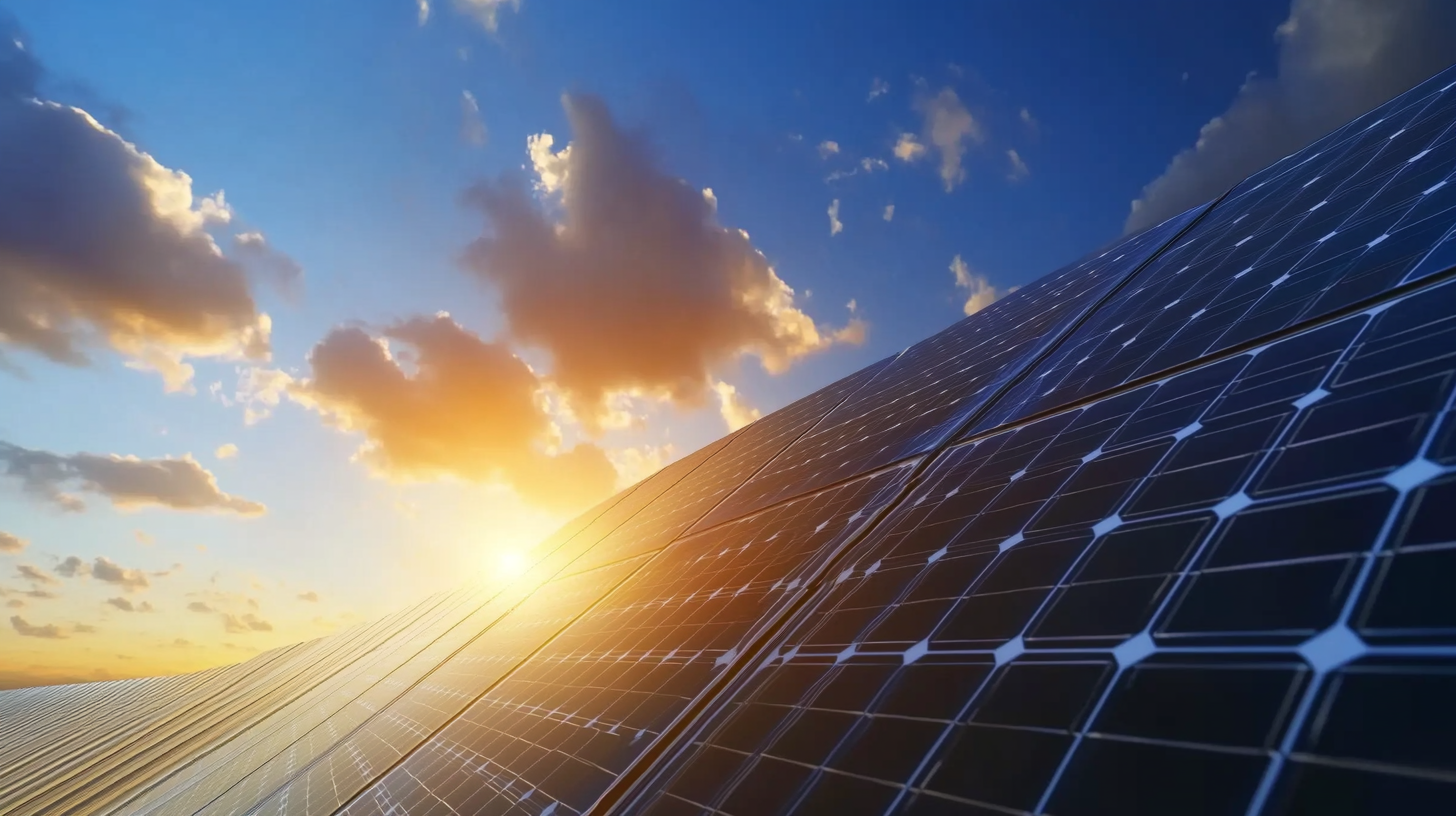
Ultimate Guide to Choosing the Best Solar Connector for Your Renewable Energy Projects
As the renewable energy sector continues to expand, the demand for efficient and reliable solar technologies is at an all-time high. According to a report by the International Energy Agency, solar energy capacity is expected to reach 4,000 GW by 2023, with an increasing emphasis on optimizing system performance. In this landscape, selecting the right solar connector becomes critical for ensuring the safety, efficiency, and longevity of solar installations. A high-quality solar connector not only enhances energy transmission but also minimizes risks related to moisture and corrosion, which can significantly affect system output. This ultimate guide aims to provide a comprehensive checklist for choosing the best solar connector, equipping you with essential insights to make informed decisions that align with the growing demands of renewable energy projects.

What You Need to Know About Solar Connectors: Types and Functions
When it comes to renewable energy projects, understanding the different types of solar connectors is crucial for optimizing the efficiency and safety of your solar power systems. Among the various connectors available, the most common types include MC4, Tyco, and Amphenol connectors. MC4 connectors are widely used due to their ease of installation and reliability in various environmental conditions, making them a preferred choice for residential solar systems. Tyco connectors, on the other hand, are known for their robust construction and superior durability, suitable for larger commercial projects.
The functions of solar connectors extend beyond merely connecting solar components; they also play a vital role in ensuring the system's overall performance. These connectors are designed to withstand harsh weather conditions and prevent issues like water intrusion and corrosion. Their ability to handle high currents and voltages is essential in maintaining the safety and efficiency of the solar array. By selecting the appropriate type of solar connector for your specific project needs, you can significantly enhance the system's longevity and functionality, contributing to a more successful renewable energy installation.
Key Factors to Consider When Selecting Solar Connectors for Your Project
When selecting solar connectors for renewable energy projects, it's crucial to consider a few key factors that can significantly impact both performance and cost-efficiency. The electrical balance of system (eBOS) components, including connectors, play a vital role in the success of a solar installation. Research shows that suboptimal connector choices can lead to increased upfront expenses and reduced installation efficiency, which are critical concerns for project managers aiming to keep costs in check while maximizing output.

Advancements in technology have also transformed the landscape of solar cables and connectors, making it essential to stay abreast of the latest innovations. For instance, a report indicates that the market for solar connectors is evolving rapidly, driven by an increasing demand for reliable and durable solutions. Companies are investing in developing advanced connector solutions that promote better performance and longevity, aligning with the global push towards renewable energy.
Understanding the specifications and capabilities of these connectors will help project managers make informed decisions that contribute to the overall effectiveness and sustainability of their renewable energy initiatives.
Comparing Top Solar Connector Brands: Features and Reliability
When selecting the best solar connectors for your renewable energy projects, it's essential to examine the leading brands and their offerings. Major brands such as MC4, Amphenol, and Huber+Suhner stand out in terms of features and reliability. According to a report by the Solar Energy Industries Association (SEIA), approximately 75% of solar installations in the U.S. utilize MC4 connectors due to their robust design and ease of use. These connectors are rated for high-efficiency systems and can withstand extreme weather conditions, ensuring longevity and performance over time.
Additionally, Amphenol has gained recognition for its innovative designs, providing connectors with superior moisture resistance and lower insertion loss, which is critical for maximizing system efficiency. Their connectors are often used in larger utility-scale projects where reliability is paramount. A recent study from the National Renewable Energy Laboratory (NREL) indicates that using high-quality connectors can reduce system downtime by up to 30%, underscoring the importance of investing in reliable brands for your projects. With advancements in materials and technology, selecting the right solar connector can significantly impact the overall performance and durability of your renewable energy systems.
Installation Tips for Efficiently Using Solar Connectors in Renewable Energy
When it comes to maximizing the efficiency of your renewable energy projects, choosing the right solar connectors is essential. A recent report by the International Renewable Energy Agency (IRENA) suggests that the correct selection and installation of solar connectors can enhance the overall energy output by up to 10%. This significant performance boost underscores the importance of investing time in understanding the various types of connectors available.
**Tip 1:** Ensure that the connectors you choose are compatible with the existing solar panels and inverters in your project. Mismatched connectors can lead to energy losses and potential system failures. The National Renewable Energy Laboratory (NREL) has found that using connectors designed specifically for your system can decrease resistance and increase energy efficiency.
**Tip 2:** Pay attention to the environmental ratings of your chosen connectors. Solar connectors need to withstand various weather conditions, and selecting connectors with high ingress protection (IP) ratings can prevent moisture ingress, which is a leading cause of connection failures. According to the Solar Energy Industries Association (SEIA), connectors with an IP67 or higher rating significantly reduce maintenance costs and extend system longevity.

Maintenance Best Practices for Prolonging the Life of Solar Connectors
Maintaining solar connectors is essential for ensuring their longevity and optimal performance in renewable energy projects. One of the primary best practices is regular inspection and cleaning. Dust, dirt, and moisture can accumulate on connectors, leading to corrosion and faulty connections. By routinely checking for any signs of wear or damage and gently cleaning the surfaces with a non-abrasive cloth, you can prevent potential issues that might arise from poor conductivity.
Another critical aspect of maintenance is ensuring that connectors are properly secured. Loose or improperly installed connectors can lead to overheating and even system failure. Regularly tightening connections and using appropriate torque values can help maintain a secure fit, reducing the risk of future problems. Additionally, it’s crucial to store spare connectors in a dry, cool place to prevent moisture ingress and degradation, which can occur when connectors are left exposed to harsh environmental conditions. By adhering to these maintenance practices, you can significantly prolong the life of your solar connectors and enhance the overall reliability of your renewable energy systems.
